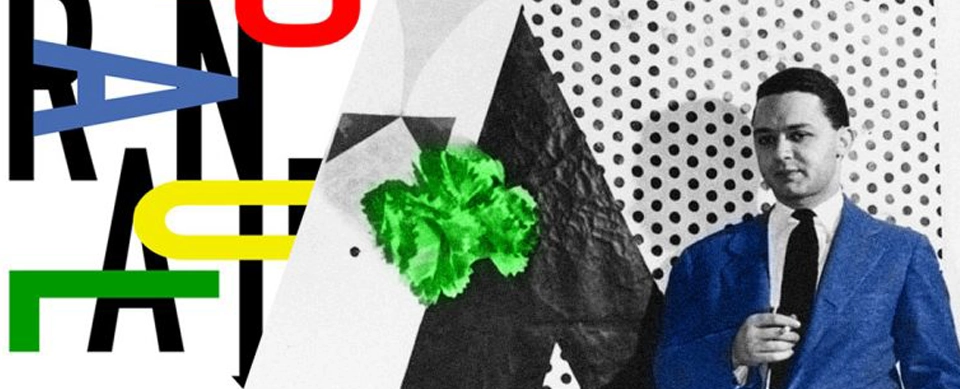Why Interactive Media Still Matters in 2025 Marketing
June 10, 2025
Why Thinking Still Matters in the Age of AI
June 18, 2025Who Is the Most Influential Graphic Designer? Meet Paul Rand.
When it comes to naming the most famous graphic designer of all time, opinions vary widely. But one name consistently lands in every top-five list: Paul Rand.
Why Paul Rand Still Matters in 2025
Paul Rand wasn’t just a prolific graphic designer, he was a pioneer who shaped the very foundations of modern design. His 1947 book, Thoughts on Design, remains one of the most influential publications in the field. Over seven decades later, its theories and principles continue to guide designers worldwide.
Born in Brooklyn, New York, Rand studied at the Pratt Institute, Parsons School of Design, and the Art Students League. Throughout his career, he became best known for designing some of the world’s most iconic corporate logos, including IBM, UPS, ABC, Enron, Morningstar, Westinghouse, and NeXT, the last commissioned by none other than Steve Jobs.
The Swiss Style and Rand’s Lasting Influence
Rand was the first American designer to fully embrace the Swiss Style (or International Typographic Style), inspired by Josef Müller-Brockmann. The style emphasizes clarity, readability, and structured simplicity, elements visible in Rand’s designs for IBM, UPS (version 3), and ABC.
In fact, the current UPS logo still retains the custom handmade typeface that Rand originally developed, highlighting how deeply his work continues to define brand identity today.
His Design Philosophy: Simplicity, Function, and Humor
Rand believed great design was both elegant and functional. He once said:
“The principal role of the logo is to identify… and simplicity is its means. Its effectiveness depends on distinctiveness, visibility, adaptability, memorability, universality, and timelessness.”
He also emphasized that design should reflect human personality, particularly humor. He believed that while a brand identity must convey professionalism, it should also be approachable.
On Hierarchy, Play, and Disruption
Although Rand appreciated structure, he didn’t blindly follow it. He viewed visual hierarchy and legibility as essential, but also saw joy, exploration, and disruption as crucial parts of the design process. His work was influenced by Suprematism, Constructivism, De Stijl, and the Bauhaus, foundations that gave rise to what we now call the Swiss Style.
Innovation vs. Trendiness
Rand was known for embracing innovation, often warning against the trap of following trends. He believed:
“Innovation is the enemy of trendiness, pretense, and timidity… It tantalizes the viewer, stimulates the mind, intensifies meaning, and is at the heart of better design and better business.”
This mindset is critical for any creative professional navigating the fast-evolving design landscape of 2025.
Business Ethics and Design Authority
Rand’s business ethic was as bold as his design. When Steve Jobs asked if he could provide multiple logo options for NeXT, Rand replied:
“No, I will solve your problem for you and you will pay me. You don’t have to use the solution, and if you want options go to other people.”
Jobs respected that confidence, later calling Rand “the greatest living graphic designer.” Rand stood firm on the idea that a designer’s value lies in their expertise, not in delivering endless revisions.
Design With Purpose
Rand’s legacy urges today’s designers to stand by their creative decisions, to protect the integrity of their work, and to educate clients on why expert-led design matters. He once wrote:
“The designer who voluntarily presents his client with a batch of layouts does so not out of prolificacy, but out of uncertainty or fear.”
For clients: If you expect trust and conviction in your brand, do you not owe your designer the same?

